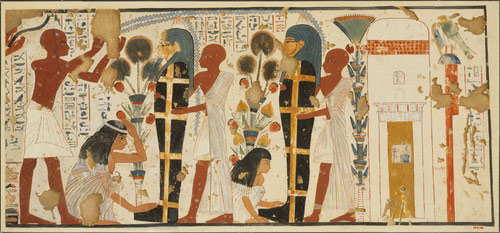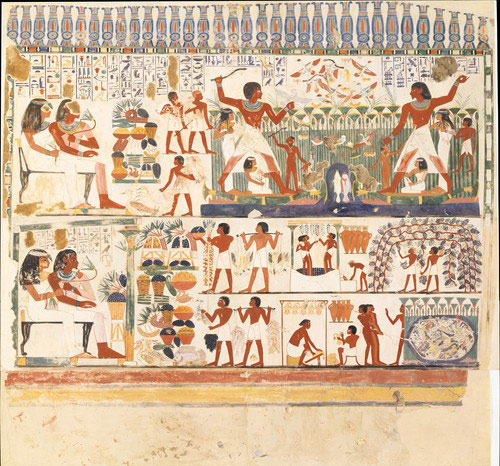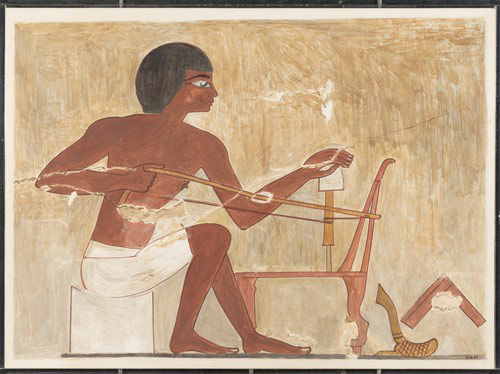Purifying and Mourning the Dead, Tomb of Nebamun and Ipuky
New Kingdom, Dynasty 18, reign of Amenhotep III–Akhenaten, ca. 1390–1349 B.C.
Charles K. Wilkinson (1897–1986, Egyptian Expedition Graphic Section), ca. 1930
Egypt, Upper Egypt; Thebes
Rogers Fund, 1930 (30.4.108)













